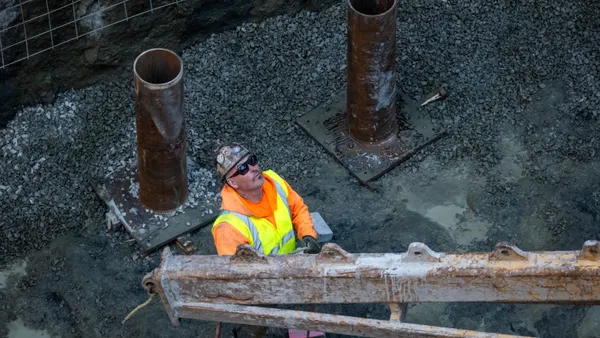Dive Brief:
- In its first-quarter real estate market report, Zillow found that entry-level home prices are rising faster than other types of homes in more than 50% of the largest markets in the U.S. due to a 10% decline in available entry-level inventory since last year.
- Zillow said that in the overall U.S. market, there are 5.9% fewer homes for sale than there were this time last year and that home values increased 4.8% to $186,200. The real estate data company also said that rents have risen 2.6% to an average $1,389.
- Rising prices for entry-level homes particularly impacts first-time homebuyers, Zillow said, because these lower-tier homes — typically the bottom third of the market — are usually the most affordable.
Dive Insight:
Nowhere have first-time buyers felt the pinch more than in Denver, Portland and Dallas. According to Zillow, the median value of entry-level homes was up 20% in Denver, where inventory is down 13% compared to a year ago. In Portland, there are 40% fewer entry-level homes than there were last year.
Zillow said that low inventory has also affected the middle tier of the market, which has seen price growth and competition for available homes. Homebuyers who are looking for the most expensive properties will have a wide selection this spring, though. In fact, the top third tier of homes, as far as price is concerned, makes up more than 50% of the inventory in nine markets.
Last month, Trulia reported similar conditions and found that the number of available starter homes on the market has fallen 43.6% over the last four years to a share of 27.7%. Trulia also said that prices for these entry-level homes increased 5.6% over the same time period. The number of "trade-up" homes also fell 41% to a 26.1% share, and they now come with a 2.6% higher price tag.
In an NAR report last month, the association said most consumers would prefer a home in the suburbs and advised homebuilders to "double their focus" on single-family home construction to meet that demand. However, some builders have countered that the "regulatory burden" is keeping them from pumping up construction. The National Association of Home Builders testified to Congress last month that regulations can add up to 25% to the cost of building a home.












